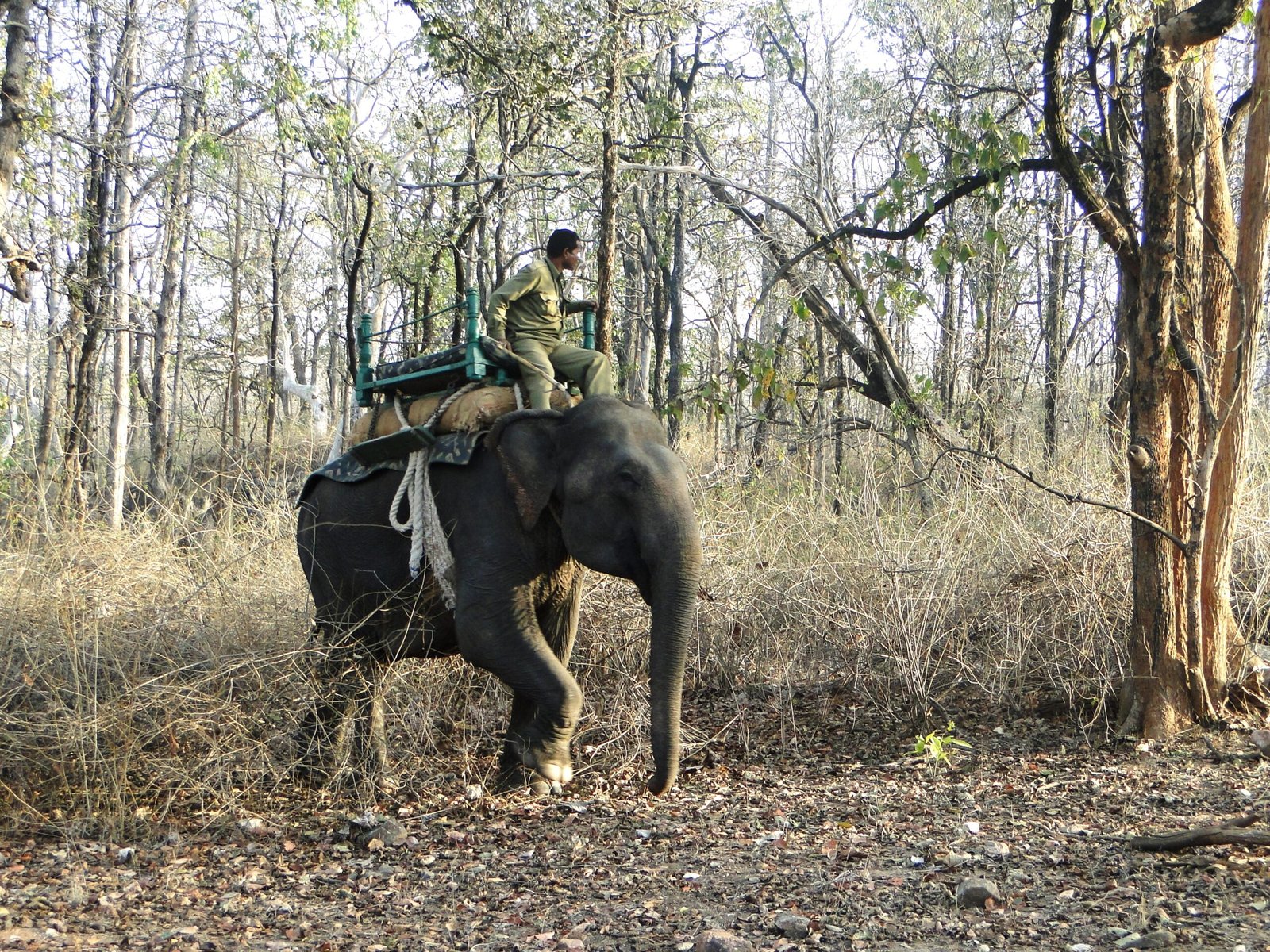The Trip To Corbett – our sudden encounter with The Royal Bengal Tiger
It was the Summer of 1982. In my late teens then, I was accompanying my eldest sister Mangala and her husband Baban, both in their late twenties, on a long road trip. It was my brother-in-law Baban, a Pilot, who took the onus of driving, relieved when required by Mangala, a Doctor, who was an equally skilful driver. All three of us were passionate about travel and, at every opportunity they got from their busy work schedule and me from college, we would take off for novel destinations.
We had taken the old Bombay Agra Road driving through Gujarat, Rajasthan and Uttar Pradesh, up to Agra and Delhi. Being an excellent trip planner, Mangala had her roadmaps handy and had pre-booked overnight stays and sightseeing at appropriate places that we wished to explore en route. On the last leg of our drive now, we were heading for Ramganga, a sleepy town that was close to the world-famous Jim Corbett National Park (both in Uttar Pradesh back then).
The Fascinating Forest
Driving towards the park the previous evening, everything about the forest had fascinated me – the thick tree cover, deeply rutted jeep tracks, unfamiliar earthy scents, and the sounds of birds and other forest creatures. The best was the underlying excitement of seeing wildlife in its natural habitat. Finally, we reached the national park gates and were directed to the Forest Rest House at Dhikala which lay within the core area of the park.
After an early dinner, we settled into our beds in the rustic log huts. We were to get up at dawn for the first safari in the morning and a wake-up call was set for 5 am. I was very excited to be embarking on my first jungle safari. We had been informed that our first safari was to be on elephant back and we were to head for the Ramganga riverbank where, as per jungle buzz, a large male tiger had made a kill the previous night. In those days, elephant rides were the norm in many national parks, as the tall animals offered a vantage point to observe wildlife including tigers, who kept a respectable distance from them.
Deva – Our Young Mount
It was dark still when we reached the climbing platform to get onto the elephant. I approached the elephant warily. The mahout Shiv was seated close to his elephant Deva’s neck, both his legs used for gripping and signalling. He held a mace-like metal ankush in one hand to nudge Deva. The three of us (safarists) climbed carefully to sit behind him on a simple howdah attached to the saddle harness secured tightly around Deva’s torso. Mangala and I sat on Deva’s left flank while Baban faced the right, our legs dangling down.
Soon we were off, and I had both fingers and toes crossed in the hope of spotting wildlife. Deva was lumbering slowly as he followed the ups and downs of the natural landscape of the forest. Soon we reached the vast grassland and Deva made his way through the thick elephant grass (so named because it was tall enough to hide an elephant) that had no visible trail.
Suddenly as we turned a corner, Shiv let out a loud, involuntary shout. For, less than 10 ft from us, was this mighty Royal Bengal tiger feeding on the fresh kill of sambar deer. All of us were shocked right out of our skin by the unexpected sighting of the magnificent predator, that too so close to us. Seeing a tiger in real life was far removed from seeing its pictures in books or even videos in documentary films. I gripped Mangala’s hand really tight seeing the striped cat literally at our feet.

The Sighting of The Tiger
The tiger seemed HUGE, and its glossy golden coat with its trademark black stripes looked absolutely gorgeous. Its front paws and jaw were smeared with blood from the carcass. The startled tiger, disturbed while feeding, growled menacingly at us and, keeping its head low, took a few steps in our direction. Instantly our mahout Shiv leaned back sharply and tightened his legs around Deva’s neck, apparently a signal for the trained elephant. In response, Deva stomped his feet hard on the ground, raised his trunk and trumpeted loudly even as he took a few steps back to create some distance between us.
The tiger seemed rather taken aback by this display of naked aggression by the huge pachyderm. It stopped in its tracks for a few moments and the two creatures’ eyeballs met in a long mental tug of war. Then, after what seemed like ages to us, the tiger gave in, and turning away, it disappeared into the tall grass – much to our relief. Without much ado, Shiv patted the elephant Deva’s head in thanks and commanded it to turn back from the spot. Deva’s retreat from the danger zone was more majestic, as though he was well aware that he had won the battle. With the three of us – safarists, still trembling in fear, Shiv led the elephant away from the spot, and we made a quick beeline for the park gate!
When our mahout reported details of our close encounter to the forest staff, they too heaved a collective sigh of relief for safeguarding both wildlife and tourists was of prime concern to them. From them, we learnt that Deva was young and not very experienced, so he had not caught the scent of the tiger or its kill until he was almost upon it. But his instinctive show of aggression against the big cat had won the day. Also, luckily for us, our mahout Shiv had a lifetime of experience under his dhoti and had manipulated the elephant beautifully in response to the imminent attack.
We had five more safaris planned for that Corbett trip and we completed those in open jeeps. We encountered lots of wildlife but no more tigers. That one close encounter had taken place so unexpectedly that Baban had not clicked a photo from the camera hanging around his neck. The absence of a photo record of that incident is the one regret that I still have.

By Dr Aparna Bagwe
Dr. Aparna Bagwe was a Scientist in a national research centre and now focusses on her passions – travel, photography and writing. Her articles, short stories and poems feature in twelve anthologies, several journals and online literary platforms.

















One Response
Thanks, Ankurita ☺️